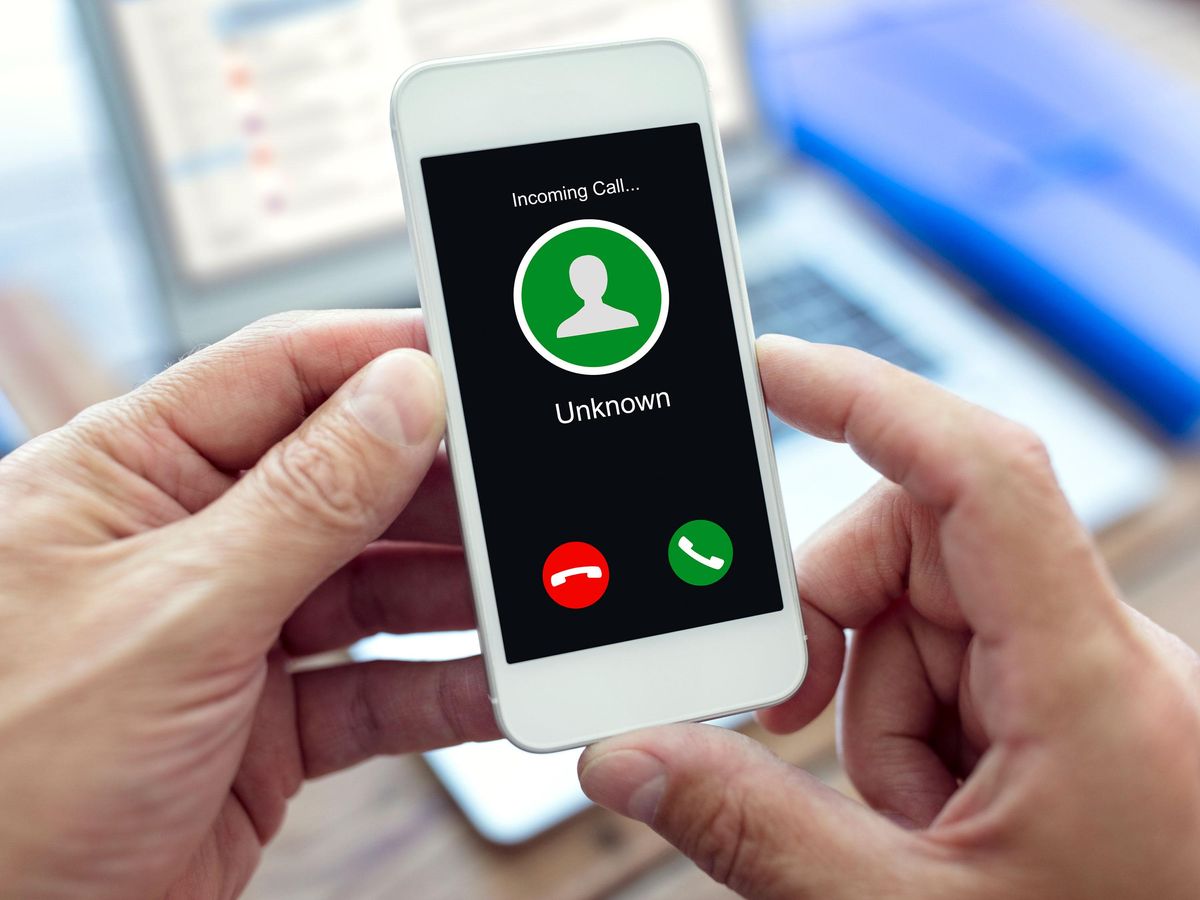Last year, the U.S. government got serious about snuffing out robocalls. Effective 30 June 2021, the FCC mandated that phone providers verify all callers’ IDs with a cryptography-based protocol called STIR/SHAKEN.
Anyone expecting robocalls to vanish in a puff of regulation will be disappointed. But relief may be coming, gradually. The technology to block robocalls is improving, and STIR/SHAKEN is part of a trend: U.S. phone users no longer have the sole responsibility to decline robocalls. Now, phone providers have to do their share.
Hard data on robocalls are collected by spam-call-blocking apps, using their users’ phones as a sample. According to one such index by the app Truecaller, the world’s spam call nexus is Brazil. There, the average Truecaller user in 2021 received 33 spam calls per month—nearly double distantly second-placed Peru’s rate. (For Brazilians, that’s still a drastic decline from a few years ago.)
Another app, YouMail, has been tracking U.S. robocalls since 2015. Its index shows the country’s robocall count steadily rising through much of the late 2010s, before plunging by nearly half in early 2020—likely thanks to COVID-19. It didn’t last long. By year’s end, robocalls had already returned to 2018 levels.
“Telemarketing is cruising along, just like it’s always been cruising along,” says YouMail CEO Alex Quilici.
If it’s up to apps to cull nuisance calls, then it’s fortunate that they’re getting smarter. Some are now employing AI. One machine-learning-based system was created by a group including Mustaque Ahamad, a computer scientist at Georgia Tech, and Sharbani Pandit, then a graduate student there.
Ahamad describes the system as a “virtual assistant” that screens callers with a few questions, like “whom do you want to speak to?” or “what is the weather like where you are calling from?” By judging the answers—or details like whether a caller interrupts the questions—the natural language processing system can make an educated guess as to whether a call is legitimate (or wanted).
It’s entirely possible that robocallers might deploy natural language processing systems of their own. But, Ahamad says, “It would require lots and lots of resources, if you’re going to make millions of calls, to be doing that for each and every target that you have.”
This system achieved a 97.8 percent success rate at pinpointing robocalls, and its creators hope to deploy it as an app. Another machine-learning-based system, created for Chinese mobile phones by researchers at Shanghai Jiao Tong University and the University of California, Berkeley, achieved a similar 90 percent success rate.
Apps can work well at the receiver’s end, one mobile phone at a time—which hints at a larger question. “Where do you stop these calls?” asks Ahamad.
Historically, that wasn’t a U.S. phone providers’ job. “A decade ago, a carrier had an obligation, a legal obligation, to deliver all calls without question,” says Jim McEachern, an advisor to the Alliance for Telecommunications Industry Solutions.
What robocall-culling methods existed, such as do-not-call lists, were never particularly strong-willed, and only impacted “legitimate” callers. Those lists grew even more toothless in the 2010s as robocallers adopted new methods such as VoIP and falsifying caller IDs.
“Several years ago, the FCC changed the rules and said, ‘Well, you can actually block [a call] if, for example, it’s not a real telephone number coming in,’ ” says McEachern.
Now, the STIR/SHAKEN mandate puts even more responsibility on providers to cull robocalls by fighting back against caller ID mischief. Smaller providers were given an extra year, but by July 2022, that too will have passed.
It’s too soon to say how well the changes are working, but there are early reasons for cautious optimism. Quilici thinks robocall numbers have dropped, “maybe 10 percent on average on a monthly basis.”
“I think it’s making a dent in the numbers of unwanted spam robocalls getting through,” says George Slover, a policy counsel at Consumer Reports. “It is certainly not catching them all. And the system will be revisited and updated as technology develops.”
Yet even as STIR/SHAKEN’s proponents work to export the protocol outside North America, others argue it doesn’t go far enough. The regulation, and much of the coverage surrounding it, is laden with language like “scammers” or “bad guys.” But not all robocalls are scams.
YouMail keeps track of the United States’ top robocallers, and all the top 15 (as of this writing) are legitimate callers. Some have obvious value—messages from school, for instance—but others are payment reminders, aimless customer calls, or simple telemarketing, nuisance calls that don’t need to play with caller ID. STIR/SHAKEN won’t stop them.
Fortunately, there’s some precedent for going further. Many jurisdictions already ban cold calls on weekends or holidays. In the EU, cold calling a private number without a recipient’s explicit permission is generally illegal.
And in nuisance-call-infested Brazil, starting in 2022, all telemarketers will be required to use a number with an 0303 prefix. In theory, that should make it easier to identify those calls—and filter them out.
Similarly, U.S. law favors quiet phones. “The Telephone Consumer Protection Act requires, with some limited exceptions, that robocalls be made to a consumer only with the consumer’s prior consent,” says Slover.
It’s unlikely that the air will be permanently free of robocalls. But according to those fighting them, as the technology to block them evolves, and as the regulations keep changing, it’s possible that they’ll go the way of spam emails: present, malicious, but not clogging the tubes of an entire medium.
- Millions of U.S. Voter Records Exposed on Robocall Company ... ›
- How Your Phone Company Aims to Stop Robocalls - IEEE Spectrum ›
- The FCC's Ban on AI in Robocalls Won't Be Enough - IEEE Spectrum ›



